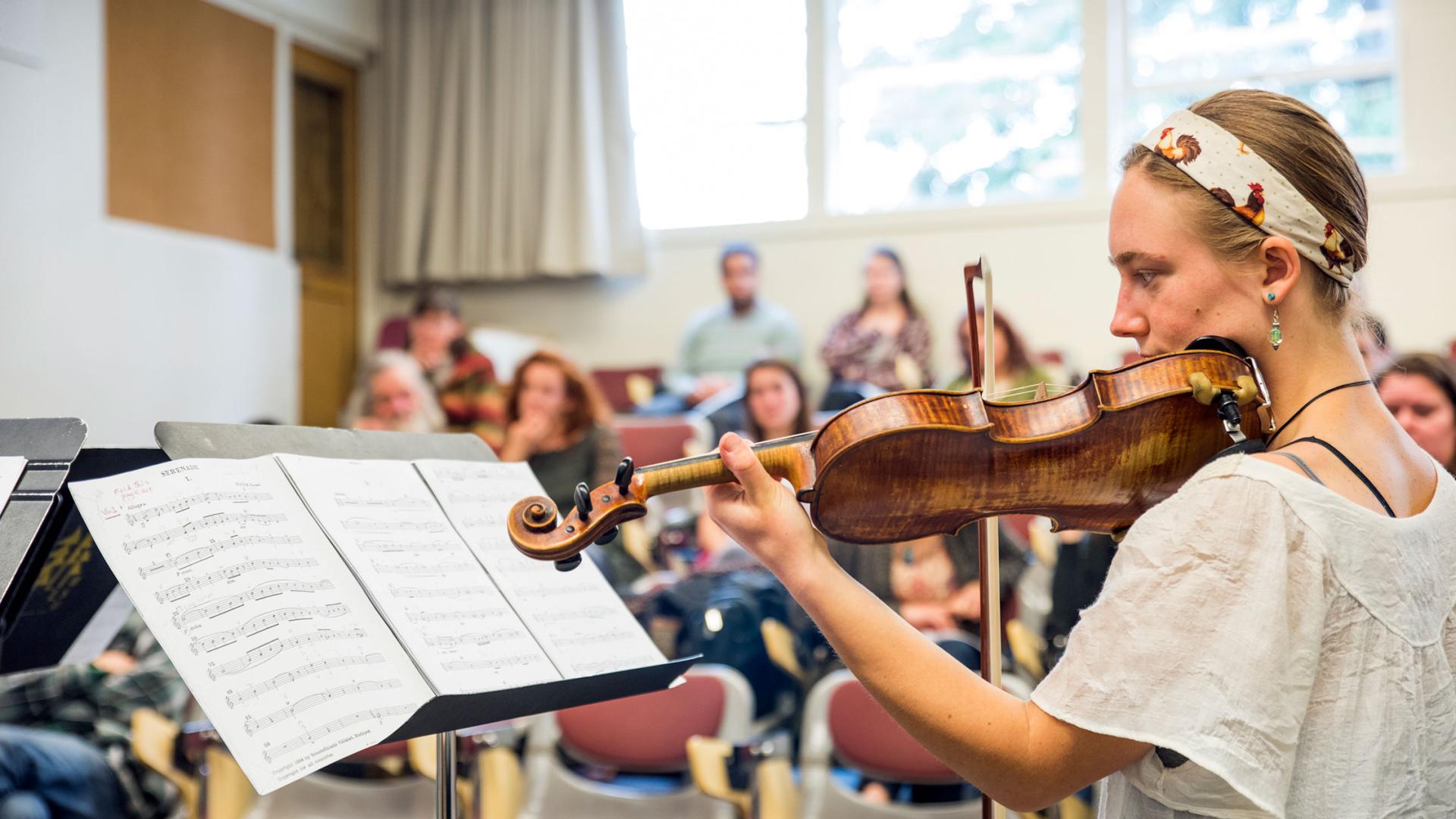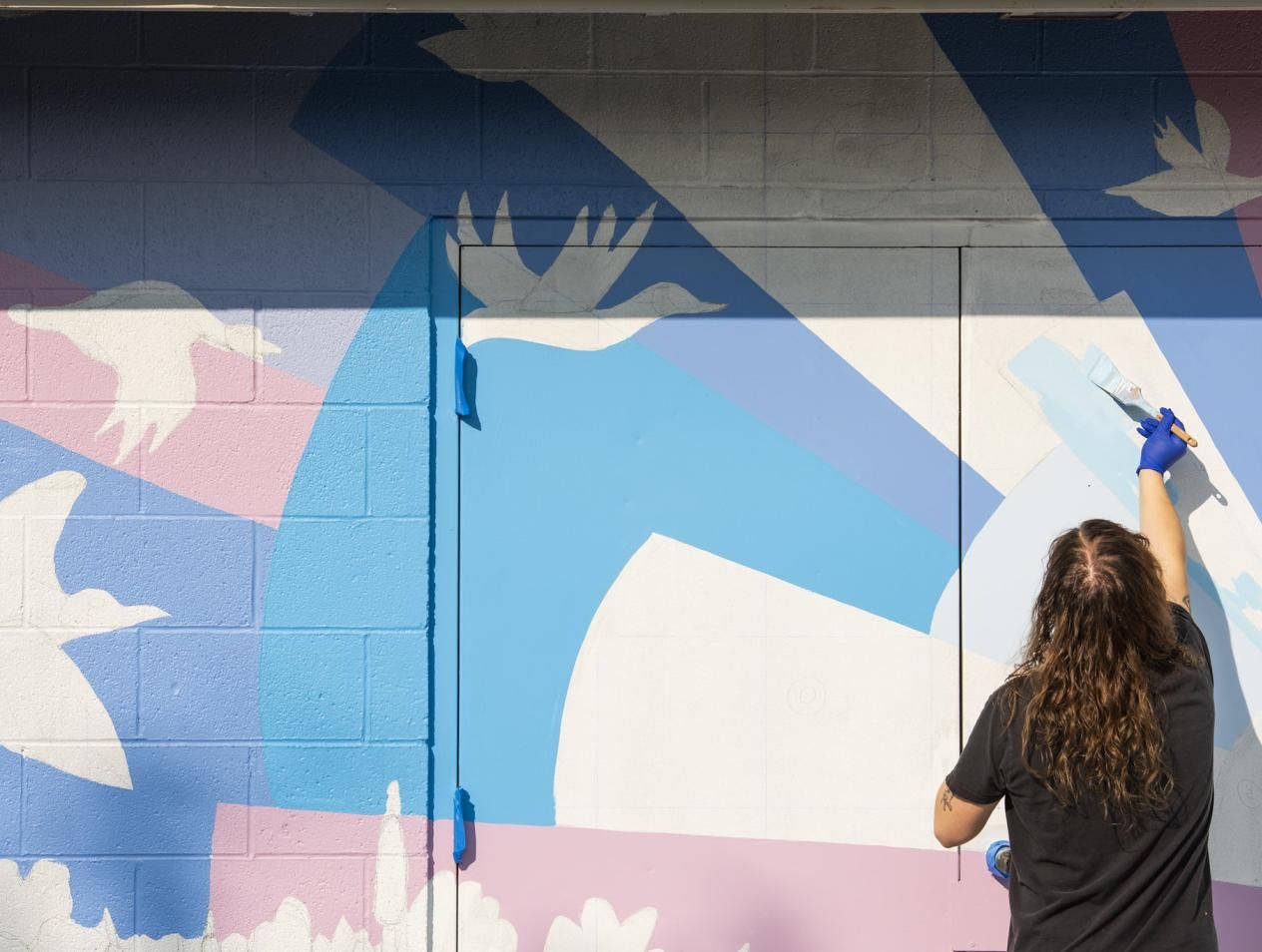Breadcrumb
Screening and Beginning of Service
Student Approaches. Students may contact you with varying levels of professional approaches and at different times during the semester. Be patient, helpful, and ask questions about whether they’re seeking service opportunities for course credit or as your direct volunteers.
Transparent and upfront screening steps (based on a well-developed position description) can help select the right student match for your needs.
Position descriptions. Share your agency’s service opportunity position descriptions with students. These should list screening requirements, qualifications, and can help you promote your service and internship opportunities.
Screening. It is important to share any initial requirements, such as Live Scan, TB tests, immunizations, skills, etc. The Cal Poly Humboldt Student Health Center and University Police Department can provide many of these services. Share any financial/resource assistance your organization may provide. Maintain the confidentiality of any results, as required by federal and state law.
Schedule an intake session. Interview students and share mutual expectations, to ensure the match will be successful. If a student brings a Student Learning Plan, review and make a copy of it to gather contact information, course learning, and service objectives.
Consider thinking “outside the box”. Students may approach you with unique skills and abilities that might serve the needs of your agency that you had not previously considered.
Be selective. If a student’s qualifications are not in harmony with your needs, it is your right to request a different student. Although faculty may refer students to your agency, the final selection is made by you.
Orient students. Provide students with orientation to the agency's mission, facilities, staff, services, and policy/procedures, including training, dress code, confidentiality, and safety/emergency procedures.
Be aware that students juggle myriad responsibilities, including class requirements, jobs, and family responsibilities. Each student is at a different personal development stage and comes from a unique background. Faculty also juggle many responsibilities and may run the gamut from being highly involved to more hands-off.
Other reminders
- Students may not drive, use power tools, or pay out-of-pocket expenses for the agency.
- Paid staff must be present when students are serving with children and other vulnerable clients.
- Unless students are employed by your agency, any products developed are the property of the students. Students can grant rights to the organization to use the products if they choose by filling out the Addendum to the Student Learning Plan for Service Learning & Academic Internship Courses - Intellectual Property with For Profit & Non-Profit Organizations.
- Students may be required to keep a time log, which you may sign. This helps you be aware of who is on site and provides accountability for the faculty.
- If you have questions, first speak with the student to provide guidance. Then contact the faculty overseeing the student’s course. If you have problems reaching faculty, contact the Center for Community Based Learning for assistance.






